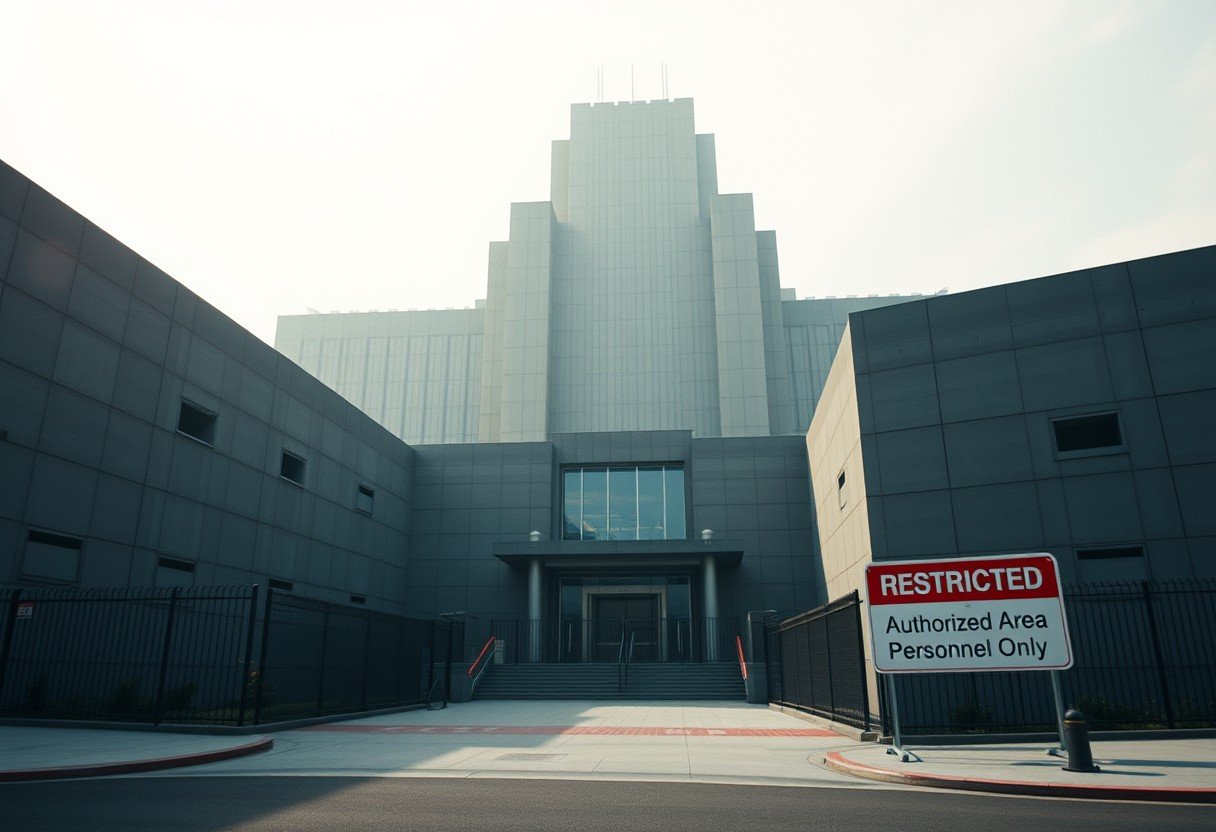A monopolistic firm is a single company that dominates an entire industry, giving it the power to set prices and block new competitors. To achieve this, a firm needs specific qualities that create strong barriers to entry, making it extremely difficult for others to challenge its position. Understanding these qualities helps explain how monopolies are built and why they can last for so long, shaping the market and affecting consumer choices.
What Exactly Is a Monopolistic Firm?
A monopolistic firm is the only seller of a particular product or service in a market. Think of it as a king in its own castle, with no rivals to worry about. This unique position means the company has no direct competition.
Because there are no other options for consumers, the firm has significant market power. This power allows it to control prices and the amount of product available, often leading to higher profits than firms in competitive markets. The key to maintaining this status is the presence of high barriers that prevent other businesses from entering the market.
These barriers are the walls that protect the monopoly’s kingdom, ensuring its long-term dominance and profitability.
The Power of High Barriers to Entry
Barriers to entry are obstacles that make it difficult for a new company to start competing in a specific market. For a monopoly, these barriers are not just helpful; they are essential for survival. They act as a protective shield, allowing the firm to operate without the threat of new challengers.
Understanding these barriers is crucial because they define the entire competitive landscape of an industry. In markets with high barriers, you will find less competition, which gives the dominant firm more control. This affects everything from the prices you pay to the quality of the products you receive.
Here is a simple breakdown of the most common types of barriers:
| Type of Barrier | Simple Description |
|---|---|
| Economies of Scale | The cost per item goes down as a company produces more. |
| Resource Ownership | Having exclusive control over a critical resource. |
| Legal Restrictions | Government rules like patents or licenses that limit competition. |
| Brand Loyalty | Customers are so loyal they won’t switch to a new brand. |
These barriers ensure that the monopolist can enjoy sustained profits over a long period, reinforcing its powerful market position.
Financial Hurdles that Stop New Competitors
One of the biggest roadblocks for potential competitors is money. Monopolistic firms often benefit from having massive financial advantages that are nearly impossible for a new business to match.
High capital requirements are a major factor. This means a new company would need a huge amount of money just to get started. For example, building a new car factory or developing a new pharmaceutical drug can cost billions of dollars, a sum that deters most potential entrants.
Furthermore, established monopolies benefit from economies of scale. Because they produce in such large volumes, their cost to make each product is very low. A new, smaller company can’t produce as much, so its costs are higher. This allows the monopolist to sell its products at a lower price, driving out any newcomer who tries to compete.
Gaining Control over Essential Resources
Another powerful quality of a monopolistic firm is its control over essential resources. When a single company owns or has exclusive access to a resource that is vital for producing a good, it can effectively block all competition.
This resource could be a raw material, like a diamond mine, or a specific technology protected by a patent. It could even be a pool of highly skilled labor that no other company can access. By controlling the key ingredients, the monopolist controls the entire recipe for success in that market.
This control makes it incredibly difficult for other firms to create a similar product. Without access to the necessary resources, potential competitors are stopped before they can even begin, solidifying the monopolist’s dominance.
How Legal and Government Rules Help Monopolies
Sometimes, a monopoly exists because the government says it can. Legal and regulatory factors can create some of the strongest barriers to entry, often by design. These rules can protect a company from competition, giving it an official green light to be the sole provider.
Intellectual property rights, such as patents and copyrights, are a primary example. When a company invents a new technology or creates a unique product, a patent gives it the exclusive right to produce and sell it for a certain period. This legally prevents anyone else from copying the innovation.
Governments can also create monopolies through licensing and regulations. Certain industries require special licenses to operate, and the government may only issue one or a few. These legal protections create a fortress around the monopolistic firm that is almost impossible for competitors to breach.
- Patents: Give inventors exclusive rights to their inventions for a limited time.
- Licensing: Governments may require licenses to operate in certain industries, such as broadcasting or utilities, and limit how many are issued.
- Trade Policies: Tariffs and quotas can protect a domestic monopolist from foreign competition.
Building an Unbeatable Brand and Customer Base
A monopoly doesn’t always rely on financial or legal walls. Sometimes, the most effective barrier is built in the minds of consumers. Strong brand loyalty can be a powerful tool to maintain market dominance.
When customers are deeply loyal to a specific brand, they are unwilling to switch to a new or unknown competitor, even if the price is lower. This loyalty is built over years through consistent quality, effective marketing, and a strong reputation. Think of brands that have become household names; new companies find it incredibly hard to convince customers to try something different.
This creates a psychological barrier to entry that can be more effective than any patent or regulation. A new firm not only has to offer a better product but also has to spend a fortune on advertising to overcome the established trust and preference for the monopolist’s brand.
The Impact on Consumers and the Market
While monopolistic firms enjoy high profits and market stability, their existence has significant implications for everyone else. The lack of competition can directly affect consumers and the overall health of the market.
For consumers, a monopoly often means higher prices and fewer choices. With no other options available, you may have to pay whatever price the monopolist sets. The quality of the product or service may also decline, as there is no competitive pressure for the firm to innovate or improve.
This lack of competition can stifle innovation across the entire industry. New ideas and technologies may not emerge because small, creative companies are blocked from entering the market. This can lead to a stagnant industry where consumers are stuck with outdated products and services, ultimately harming their welfare.
Frequently Asked Questions
What are the main barriers to entry for a monopoly?
The primary barriers include high startup costs (capital requirements), economies of scale that lower costs for the large firm, exclusive control over essential resources, legal protections like patents, and strong brand loyalty from customers.
How do economies of scale create a barrier to entry?
Economies of scale allow a large, established firm to produce goods at a much lower average cost than a new, smaller firm. This means the monopoly can set its prices lower than what a new competitor could afford, making it impossible for the new firm to attract customers and survive.
Why is brand loyalty important for a monopoly?
Brand loyalty creates a powerful psychological barrier. When customers trust and prefer an established brand, they are very reluctant to switch to a new, unproven competitor. This makes it extremely difficult and expensive for new companies to gain market share.
Can a monopoly be bad for consumers?
Yes, monopolies can be harmful to consumers. The lack of competition often leads to higher prices, lower quality goods and services, and fewer choices. It can also reduce innovation, as the dominant firm has less incentive to improve its products.
What is an example of a legal barrier to entry?
A patent is a perfect example of a legal barrier. It grants a company the exclusive right to make, use, and sell an invention for a set period, legally preventing any other company from competing with that specific product or technology.









Leave a Comment